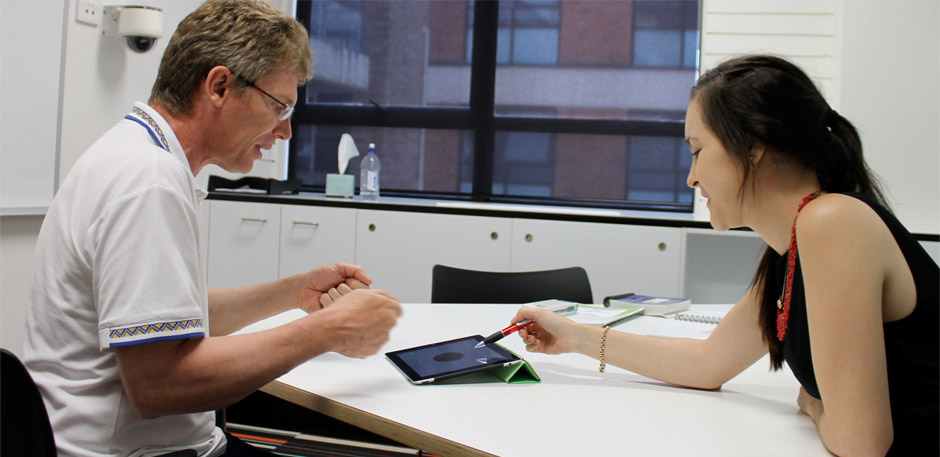Providing intervention
This section aims to assist speech pathologists with therapy planning for people with aphasia to achieve optimal outcomes. Follow the links for best practice statements developed in accordance with the most up-to-date research and expert opinion.
Preface: This section provides an overview of aphasia intervention. This task is challenging due to the large number of available studies. An added challenge is the large variability in study quality and design. As such, we have decided to provide an overview of the evidence already synthesised in the form of reviews.
We aim to provide up-to-date information on the best, current synthesis of aphasia intervention. In some instances (e.g. the overall effectiveness of speech therapy for aphasia), this evidence is based on Cochrane reviews. Whilst the ideal might be to base conclusions of all interventions on systematic reviews of high quality randomised control trials (RCT), it is acknowledged that a range of evidence would be excluded if limited to this approach. Therefore, it is recognised that systematic reviews examining whatever studies constitute the ‘best current evidence’ are appropriate to include (Beeson & Robey, 2006). As noted by Marshall et al. (2011), a range of reviews methods should be welcomed in the field of speech pathology, at least as an interim measure.
Where available, systematic reviews are provided. In the absence of systematic reviews, non-systematic reviews are described. The type of review described is listed under each title.
More details of individual studies can be found on the Evidence-Based Review of Stroke Rehabilitation website. These reviews are periodically updated and provide in-depth information on current stroke evidence with one chapter dedicated to aphasia intervention.
In this section you will find best practice statements, resources and information that focuses on:
- Therapy Timing - including who should be offered therapy and time frames for intervention.
- Therapy principles - addressing the consequences of aphasia on functional everyday activities, participation, social connectedness, and quality of life. Targeting interventions on the impact of aphasia on relationships, vocation, and leisure in all phases of care.
- Treating different language modalities - Targeting spoken production (at word and sentence level), auditory comprehension, writing, reading, discourse, augmentative and alternative communication.
- Alternative/additional modes of therapy - Including aphasia therapy software, group therapy, telerehabilitation, trained and supported or supervised volunteers, psychological therapies with communication supports, enhancing social identity, community aphaisa groups, communication partner training
- Additional considerations when working with Aboriginal and Torres Strait Islander clients
- Additional considerations when working with clients with a CALD background

GET IN TOUCH
aphasiacre@latrobe.edu.au | |
+61 3 9479 5559 | |
Professor Miranda Rose |
RESEARCH PARTNERS







